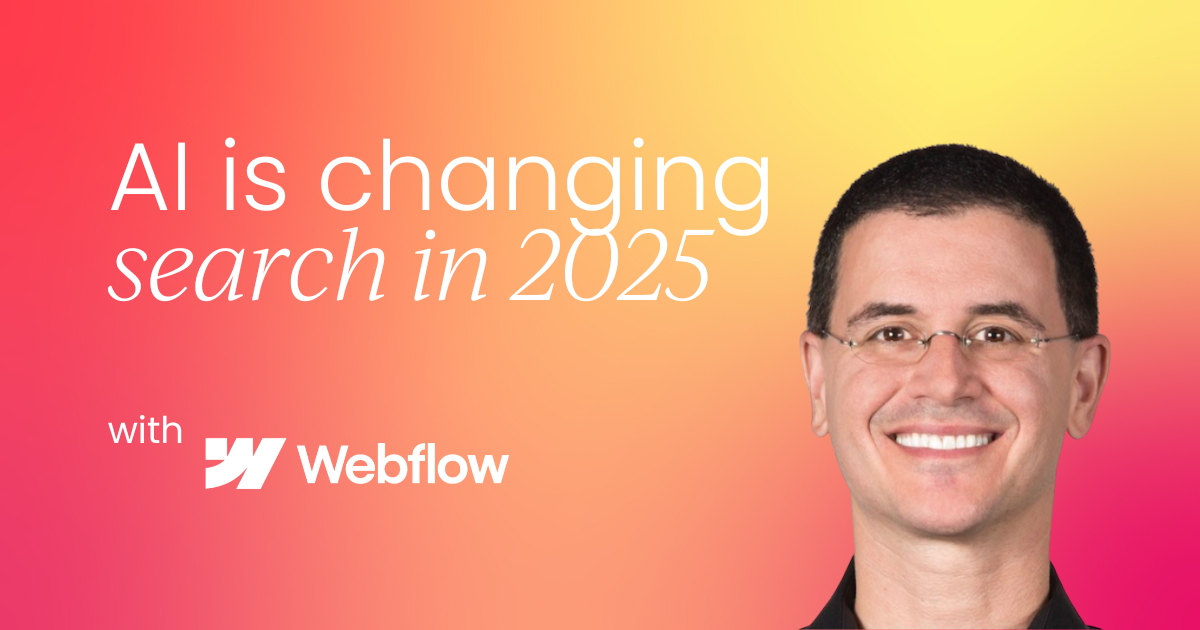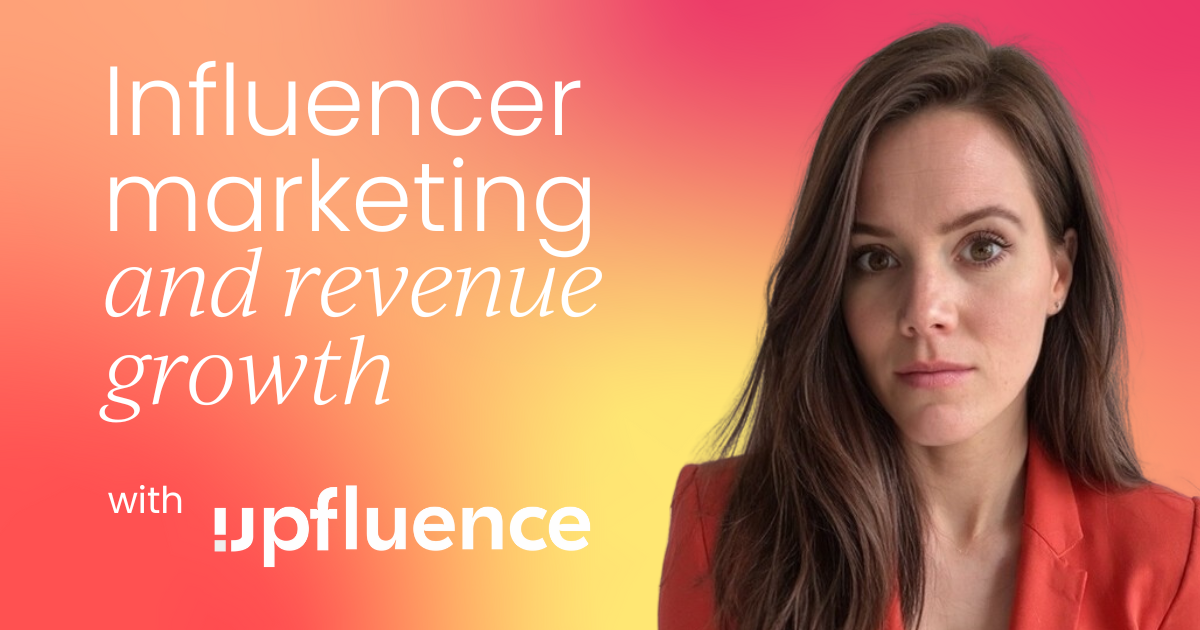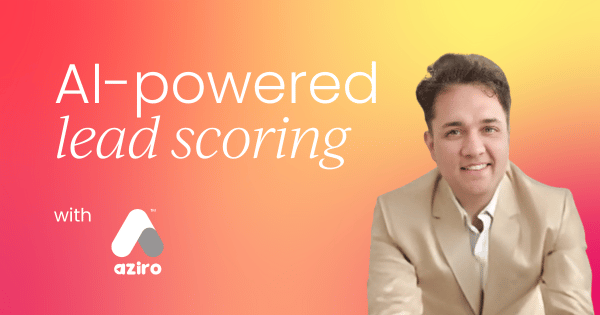“The lead you forwarded last week is no longer responding. That lead isn’t sales qualified. I think we’ve wasted time getting in touch with the wrong stakeholder – he’s not a decision-maker.”
I’ve heard these statements repeatedly across sales floors throughout my career. The frustration is real. Teams spend hours chasing leads that go nowhere, only to realize they were never the right fit.
The culprit? Inefficient, outdated lead scoring. Missed quotas, ghosted demos, and wasted effort – all because lead scoring was broken.
Traditional lead scoring – often based on rigid, manual rules – simply can’t keep up with today’s fast-paced, data-rich sales environment. Static criteria, lack of personalization, and slow processes mean marketing teams waste precious time on prospects that have little chance of converting. As a result, deals are lost, pipelines get clogged, and revenue suffers.
But there’s a better way. The rise of AI has revolutionized nearly every aspect of business, and lead scoring is no exception.
In this blog, I’ll share how we implemented AI to transform our qualification process – and the results have been nothing short of game-changing.
Why traditional lead scoring fails
Manual lead scoring today is broken for many reasons, like:
- Rule-based scoring: Human-defined criteria can’t capture the complex, evolving behaviors of today’s buyers.
- Limited personalization: One-size-fits-all scoring ignores the unique context of each lead.
- Slow and reactive: By the time a lead is scored and handed off, the opportunity may already be lost.
- Inconsistent and biased: Human judgment is inherently subjective and prone to error, resulting in missed opportunities and wasted effort.
What is AI-powered lead scoring?
At its core, AI-powered lead scoring utilizes machine learning (ML) algorithms to assess data points – such as demographics, behaviors, engagement signals, and more – to predict which leads are most likely to convert.
Unlike static rule-based systems, AI models continuously learn and adapt, providing real-time, data-driven insights that help teams focus on the right prospects at the right time.
How does it work?
- Data collection: Gather data from multiple sources – CRM, marketing automation, website analytics, email engagement, and more.
- Feature engineering: Identify and transform the most relevant data points (e.g., job title, company size, budget, engagement behaviors).
- Model training: Use past data to train ML models that can predict lead quality and conversion likelihood.
- Real-time scoring: Automatically score new leads as they enter the pipeline, prioritizing those with the highest potential.
- Continuous improvement: Regularly retrain models with new data to ensure accuracy and adapt to changing market conditions.
Our journey: Building an AI lead scoring model
When we set out to build our AI-powered lead scoring system, we faced a critical decision: buy an off-the-shelf solution or develop our own. As an engineering-driven organization, we opted for the latter, affording us complete control over the process and the ability to tailor the system to our specific needs.
Step 1: Data preparation – the foundation of success
The first and most crucial step was assembling a high-quality dataset. We pulled data from:
- Historical sales and marketing records: Past conversions, lost deals, and engagement patterns.
- CRM and marketing automation platforms: Lead details, activity logs, and communication history.
- Firmographic and demographic data: Company size, industry, revenue, job titles, and locations.
- Intent data: Signals indicating purchase readiness, such as repeated site visits or high-value content engagement.
But gathering data was only half the battle. We had to ensure it was clean, consistent, and usable:
- Data cleaning: Removing duplicates, correcting errors, and standardizing formats.
- Data integration: Merging data from different systems to create a unified view of each lead.
- Feature engineering: Creating new variables (e.g., “engagement score” or “budget urgency”) that would help the model make better predictions.
We also implemented robust data validation and augmentation techniques to fill gaps and improve overall quality. This meticulous preparation paid off, enabling us to train models with confidence.
Step 2: Model selection and feature engineering
After analyzing over 15,000 leads, we identified key patterns that distinguished high-potential prospects from the rest. Our technical stack included:
- Primary algorithm: LightGBM, chosen for its speed and ability to handle complex feature interactions.
- Fallback model: Logistic Regression, providing a simple, interpretable backup.
- Natural language processing (NLP): GPT-4, used to extract insights from unstructured text like job titles, requirement notes, and email content.
Key features used:
- Designation and department (e.g., director or above)
- Company size and revenue
- Budget and timeline (extracted from notes and emails)
- Engagement behaviors (email replies, meeting confirmations, document access)
- Real-time actions (website visits, deck opens, response times)
- Requirement urgency (e.g., projects starting in three months or less)
Step 3: Training, deployment, and real-time integration
We trained our lead scoring model for the above features. When we achieved an efficiency of 95%, we deployed our model using AWS Lambda for real-time scoring.
As soon as a new lead entered our system, it was automatically scored and routed to the appropriate sales rep. All leads were pushed directly into the CRM’s priority pipeline, complete with detailed scoring breakdowns and actionable insights.
The impact:
- 45% improvement in pipeline efficiency
- 27% reduction in unqualified leads
- 18-day decrease in average sales cycle
- Significant drop in ghost meetings
- Time spent per lead halved
Step 4: Continuous learning and team collaboration
AI models are only as good as the data on which they are trained. To keep our system sharp, we established a monthly feedback loop:
- Retrain the model with the latest engagement and outcome data.
- Sync closed-won and lost deals to refine predictions.
- Involve a cross-functional team – AI engineers, CRM ops, marketing analysts, SDRs, and sales leaders – to ensure alignment and accuracy.
We also invested heavily in training our marketing and sales teams, enabling them to interpret scores, review parameters, and provide valuable feedback. This empowered everyone to use the system effectively and fostered a culture of continuous improvement.
Overcoming challenges: Lessons learned
One of the biggest hurdles was ensuring data quality. Incomplete or inaccurate data can cripple even the best AI models. We addressed this by:
- Implementing strict validation and verification processes
- Regularly monitoring data quality metrics (completeness, accuracy, consistency)
- Using data augmentation to fill gaps and enhance the dataset
AI can be intimidating, especially for teams used to manual processes. We invested in comprehensive training, demystifying the technology and showing how it could make everyone’s job easier.
The result? Faster adoption, better results, and a more empowered team.
The benefits of AI lead scoring: Why your organization needs it
The advantages of AI-powered lead scoring are clear and compelling:
- Robust, scalable pipelines: AI models can instantly score thousands of leads, scaling effortlessly as your business grows. Whether you’re handling 100 or 100,000 leads a day, the system never breaks a sweat.
- Automatic CRM integration and notifications: Leads are automatically added to your CRM with detailed scores and insights. Sales reps receive instant notifications, ensuring they focus on the hottest prospects first.
- Personalized, data-driven engagement: With detailed scoring and actionable insights, sales teams can tailor their outreach to each lead’s unique needs and behaviors, boosting engagement and conversion rates.
- Faster sales cycles and higher close rates: By prioritizing high-intent leads and eliminating wasted effort, deals move through the pipeline more quickly, resulting in a higher percentage of closed deals.
- Continuous learning and improvement: AI models get smarter over time, adapting to changing buyer behaviors and market conditions. Your lead scoring system never stands still.
- Revenue growth: Ultimately, AI-powered lead scoring drives what matters most: revenue. At Aziro, we saw a 25% increase in conversations, a 13% increase in sales-qualified meetings, and a significant boost in closed deals.
Conclusion: The future of lead scoring is here
AI has reshaped industries worldwide, and sales and marketing are no exception. AI-powered lead scoring is no longer optional – it’s a strategic imperative. By automating lead qualification, you empower your teams to focus on what truly matters: building lasting relationships, closing deals, and driving growth.
Our experience shows that with the correct data, tools, and mindset, any organization can harness AI to transform its pipeline, boosting efficiency, accuracy, and revenue. The future of lead scoring is intelligent, dynamic, and scalable. Embrace it now to stay ahead, accelerate conversions, and unlock your business’s full potential.






.png)









 Follow us on LinkedIn
Follow us on LinkedIn




